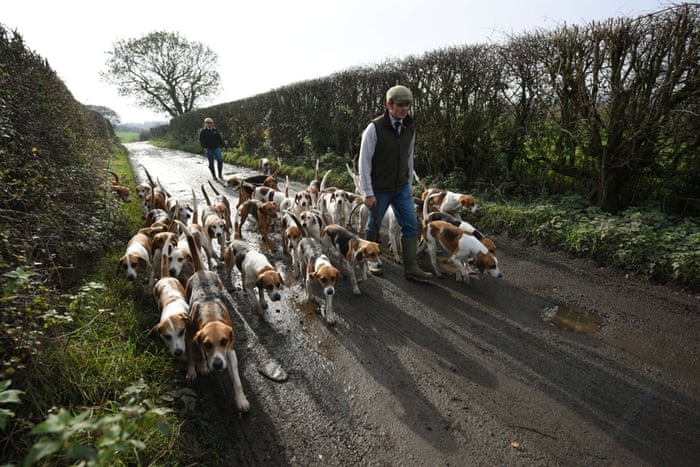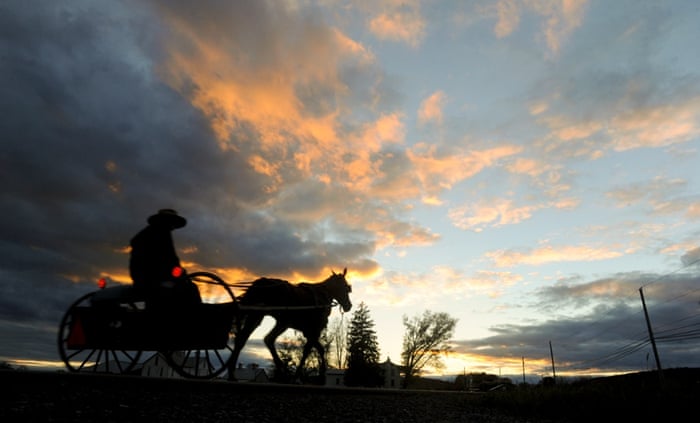
Perigi tempat wuduk suatu ketika dulu digunakan jemaah Suluk yang datang ke masjid itu setiap kali bulan Rejab dan Syaaban.
SABAK BERNAM - Siapa sangka, sebelum tahun 1950-an, Kampung Lubuk Pusing, Bagan Terap dulunya adalah sebuah sungai yang merbahaya disebabkan pusaran airnya yang berpusing-pusing dengan deras hingga menenggelamkan kapal dagangan dan mengorbankan banyak nyawa.
Tidak hairanlah, apabila nama kampung itu berasal daripada perkataan ‘lubuk pusing’ yang diambil sempena sebuah kawasan sungai yang mempunyai sebuah lubuk dengan airnya berpusing-pusing.
Mengikut sejarahnya pula, sebahagian besar Kampung Lubuk Pusing asalnya dari Sungai Bernam yang menjadi laluan kapal-kapal besar menjalankan aktiviti perdagangan, namun terdapat misteri disebalik sungai itu!.
Kisah sungai berpusing-pusing ini menjadi igauan ngeri kepada penduduk kampung dan kapal dagang setiap kali melalui kawasan ini ia seolah-olah tak ubah seperti kawasan Segi Tiga Bermuda yang seringkali dikaitkan sebagai kawasan misteri berikutan ratusan kapal laut dan kapal terbang dilaporkan hilang di kawasan yang menjangkau keluasan sehingga 1.2 kilometer persegi.
Diasaskan pada tahun 1914
Kampung Lubuk Pusing terletak di Mukim Sungai Panjang ini diasaskan Tuan Haji Chik atau namanya sebenar Sheikh Ahmad Marzuki pada 1914.
Sheikh Ahmad Marzuki berasal dari Kepulauan Sumatera, Indonesia dan dipercayai bersama 40 rombongannya terdiri dalam kalangan ahli keluarga dan rakannya datang ke kampung itu bagi mewujudkan penempatan baharu ketika itu.
Sheikh Ahmad Marzuki yang terkenal sebagai seorang alim dan berbudi pekerti luhur amat dihormati penduduk setempat.
Pengerusi Jawatankuasa Kemajuan dan Keselamatan Kampung Lubuk Pusing Bagan Terap, Mohd Razif Md Maini berkata, terdapat dua dakwaan yang menyebabkan pusaran air itu menjadi surut seperti yang diketahuinya melalui pembacaan dan ceritaan lisan daripada penduduk lama.
“Menjadi kebimbangan penduduk dan pedagang setiap kali melalui sungai berpusing ini, maka mereka minta kewalian Sheikh Marzuki ini untuk hentikan pusaran lubuk.
“Maka, Allahyarham Sheikh Marzuki bersama penduduk mengadakan solat hajat bagi menghentikan pusaran air berpusing di sungai terbabit yang menenggelamkan beberapa buah kapal dagang yang melalui sungai ini.
“Ada satu cerita lagi, Sheikh Marzuki dipercayai melontarkan serbannya ke dalam lubuk pusaran sungai itu hingga Allahyarham memberitahu dengan rakan dan saudara terdekat bahawa suatau masa kawasan ini akan jadi daratan,” katanya.
Menurut Mohd Razif, sejak peristiwa itu, berlaku perubahan pada aliran sungai dan dasar sungai yang menyebabkan pusaran air semakin cetek.
“Dengan mendapan demi mendapan berlaku, akhirnya kawasan pusaran air atau lubuk pusing ini menjadi daratan dan menjadi kawasan pertanian subur.
“Kini pusaran air tersebut sudah tiada lagi disebabkan bentuk muka bumi yang berubah. Air sungai tersebut juga sudah kering dan kini menjadi daratan. Yang tinggal kini hanyalah empat tempat yang berbentuk kolam-kolam air,” katanya.
Masjid berusia 100 tahun
Di sebalik cerita pusaran itu, Mohd Razif memberitahu, terdapat beberapa cerita menarik kampung itu seperti pembinaan masjid yang turut diasaskan Sheikh Marzuki di sebelah tapak rumahnya sejak kedatangannya ke kampung berkenaan.
Nazir Masjid Marzukiah Kampung Lubuk Pusing, Norrodin Khalil, 55, berkata, di masjid itu terdapat sebuah bangunan kayu lama yang suatu ketika dahulu pernah dijadikan tempat pengikut tarikat Naqshabandariah dari Sumatera bersuluk iaitu membersihkan hati dengan berzikir.
Katanya, bangunan itu kini kosong, namun ia masih dikekalkan bagi memastikan ia terus menjadi bahan sejarah kepada generasi akan datang termasuk sebuah perigi tempat mengambil air solat yang terletak bersebelahannya.
“Jemaah suluk suatu ketika dahulu dari segenap pelusuk tanah air setiap kali bulan Rejab dan Syaaban akan tinggal beberapa hari di pondok ini untuk berkumpul beramai-ramai dengan menunaikan ibadah dan berzikir,” ujarnya.
Pengunjung singgah ambil air kolam
Selain itu, Norrodin yang juga sebahagian daripada keturunan Sheikh Marzuki memberitahu, di sisi kiri hadapan masjid, terdapat makam Sheikh Marzuki dan anaknya, Muhammad Ilham atau lebih dikenali sebagai Haji Ikhsan.
“Sheikh Marzuki berkahwin dua iaitu seorang isterinya di kampung ini dan seorang lagi di Indonesia. Beliau mempunyai dua anak iaitu Muhammad Sulamuddin dan Haji Ikhsan. Muhammad Sulamuddin berhijrah ke Kampung Terjun Pelabuhan Keli Sumatera, manakala Haji Ikhsan terus menetap ke kampung,” jelasnya.
Berhadapan makam itu, Norrodin berkata, terdapat sebuah kolam yang didakwa pernah digunakan Sheikh Marzuki untuk mengambil wuduk dan mandi.
Kata Norrodin, air dari kolam itu dipercayai mampu menyembuhkan pelbagai penyakit dan ramai pengunjung yang datang dari jauh semata-mata ingin mengambil berkat air dari kolam terbabit.
“Setiap hari pasti ada yang singgah ke sini untuk mengambil berkat air kolam yang pernah digunakan Sheikh Marzuki. Mungkin ini ikhtiar kita untuk merawat tetapi kuasa ALLAH yang menyembuhkan,” jelasnya yang memberitahu masjid yang berusia 100 tahun itu masih mengekalkan ciri-ciri binaan tradisionalnya sehingga sekarang.
- Sumber: Sinar Harian




















